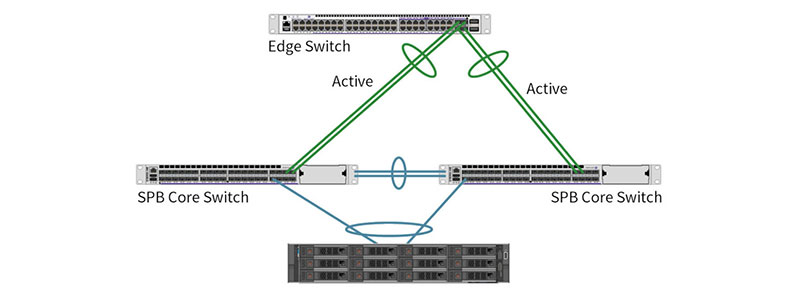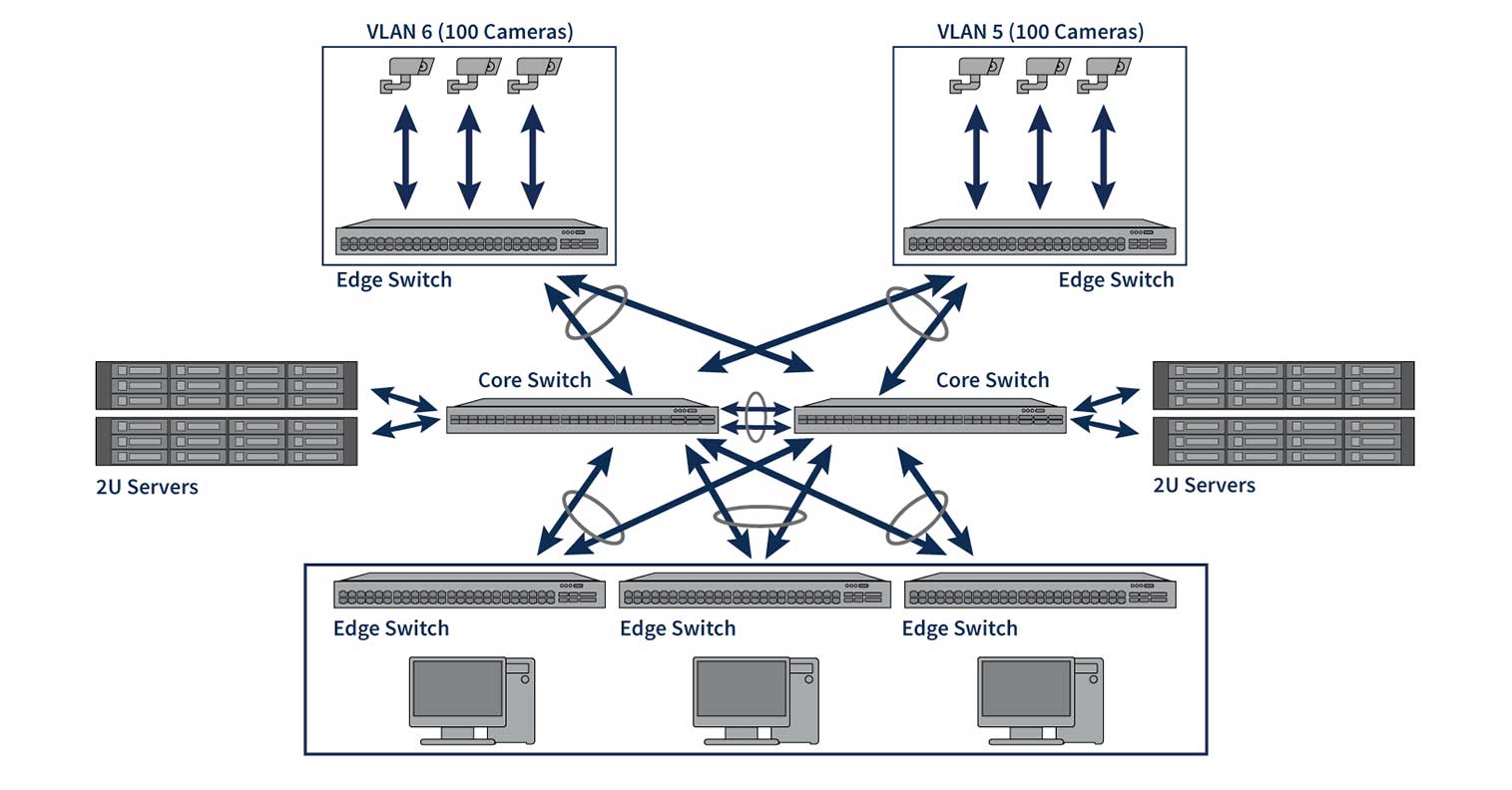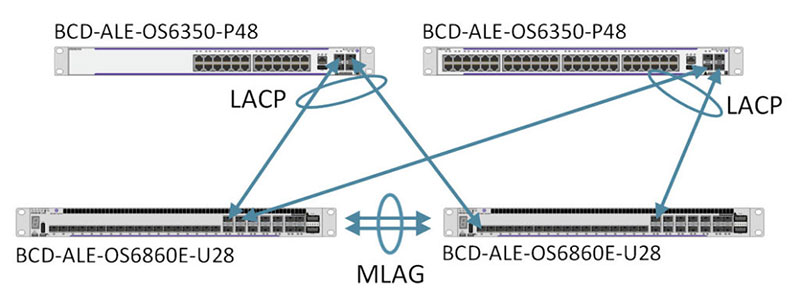Simplify the delivery of your security infrastructure by optimizing and automating the deployment of Layer 2 and Layer 3 high availability network infrastructures. One of the biggest obstacles security integrators face when deploying Layer 2 and Layer 3 high...
networking
Best Practices for Building Physical Security Infrastructure
BCDVideo’s Director of Advanced Systems Architecture, Darren Giacomini, has penned numerous articles that explain the best practices and strategies when building a reliable, resilient and highly available physical security infrastructure for video surveillance.
Network Resiliency for Video Surveillance at the Hardware Level
While looking into multiple Video Management Systems (VMS), it reveals many options provide sustained operational status. Primary, secondary, and failover databases, redundant recording locations, as well as service failover helps to provide continuous uptime. The...
Shortest Path Bridging for Video Surveillance
Availability and performance are critical considerations when deploying a network optimized for video surveillance. With more arrangements requiring always-on video, networks must support the video data they carry. There are multiple options for providing a highly...
Segmenting a Video Surveillance Network
Above: Video network segmented by camera count, with layer 3 LACP between the core switches Designing an IP video surveillance network can be a complex task, with many issues that can occur when the network backbone supporting it is not built correctly. Performance...
Video Surveillance Networks, Resiliency, and High Availability
In the video surveillance space, highly available solutions have become the new standard for any form of mission-critical deployment. It is now commonplace to see even mid-level solutions use features that use to be only for high-end hardware, including RAID 5/6 disk...
Unicast vs. Multicasting Networks in Video Surveillance
Video surveillance is all around. From traffic monitoring to retail management, this technology complements various security measures. These videos can stream via internet protocol (IP) cameras over a network in two ways — unicasting and multicasting. Each network has...
What Security Integrators Should Know About Network Architecture
Determining which type of architecture to deploy for an IP-based video surveillance system cannot be based upon a one-size fits all approach. It’s important to first understand your customer’s current network limitations and unique video data distribution needs. This...








